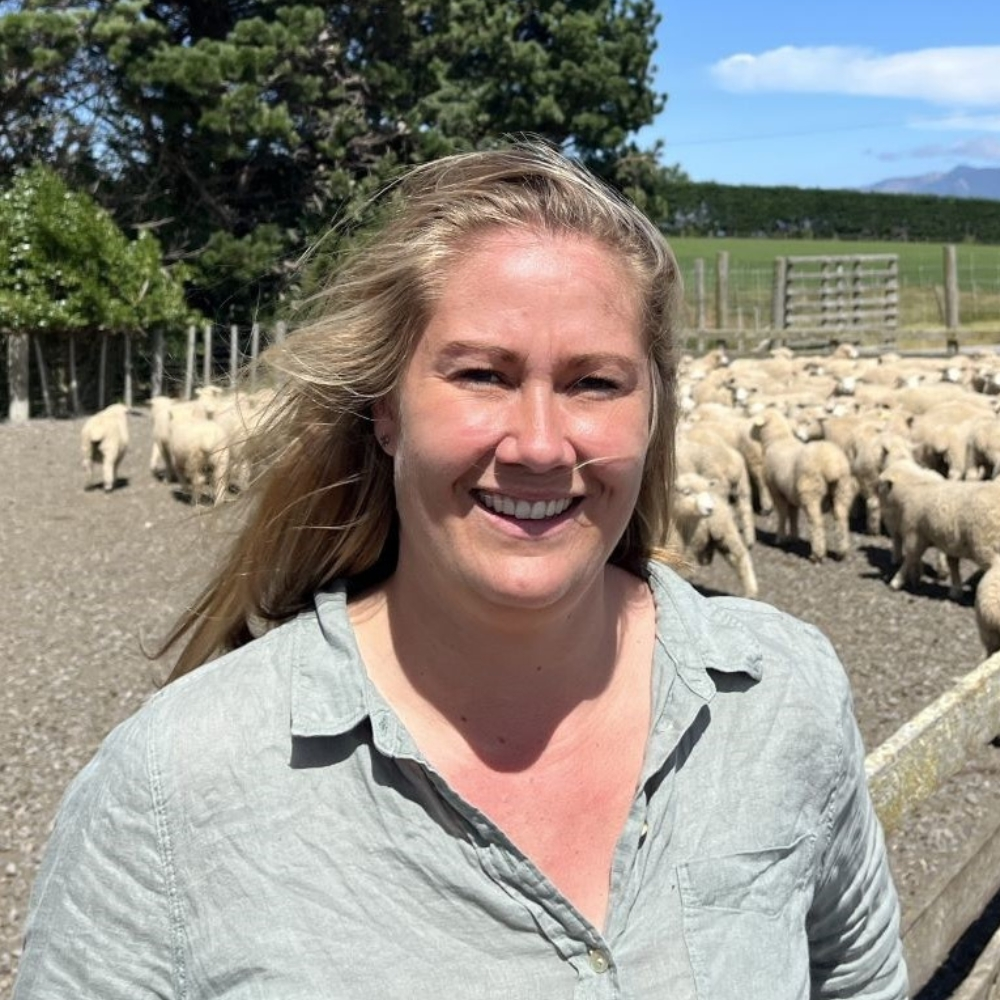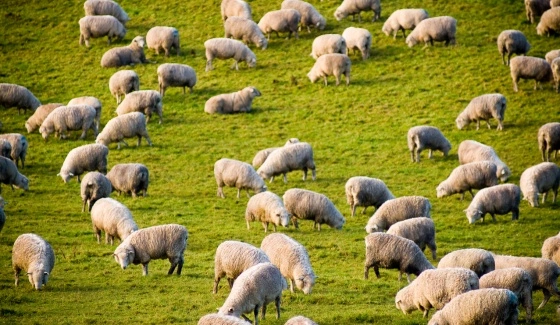
Something that has always been interesting to me is watching people making big decisions at ram (and bull) buying times. I’m sure there could be an entire PhD written on this topic. Everyone is different, has different needs for their own farming situation, and has a different perspective on what is good or not.
After four and a half years working at one of the largest ram studs in New Zealand, I have seen my fair share of ram-buying decisions being made on the spot. Here are some observations I have made of private treaty purchases during this time. Buyer behaviour at auction would need a much longer article!
The difference between what your eyes and the data might be telling you
To begin with, there are two main things a buyer is looking at when deciding on where to put their genetic investment: looks and books. While both aspects need to be regarded during the selection decision, a balance is essential. A ram with all of the figures but shocking feet isn’t a sound choice (although hopefully these have been culled prior to the point of sale). Similarly, a fantastic-looking ram with shocking figures won’t be doing your flock any favours genetically.
Soundness vs appearances
The 'looks' part of the equation refers to the visual aspects of the sheep. Generally, this is focused on the structural soundness of the ram. However, there are also some physical traits that are merely a preference. While you do want to like the look of the sheep you are farming, this isn’t something that has any monetary value. Interestingly, I see many farmers discarding rams that are structurally sound and have great figures but have a small, non-productive failing, like too much (or not enough) wool on the head.
There are always more rams presented for sale than ordered, so you have to narrow it down somehow! From what I have seen, about 80% of farmers go through the rams physically first, eliminating off-types, based on their personal preferences, before even looking at the numbers. Plenty of really good sheep get removed at this point. After picking out the rams they like the look of, these farmers generally put them up the race, and go through the numbers next to narrow it down further.
Making sense of the data
Now comes the 'books' part of the equation. Being a person of science, I regard this as the more important of the two (within reason, assuming that the rams available for sale are structurally sound). The figures that come with the ram indicate the impact he will have on the lambs he produces, and, if ewe lambs are retained, the future of the flock.
Making sure your ram breeder displays the information you require is the first step. There is always more information than what can fit onto a piece of paper or XR5000 screen, so if the information you want to be displayed is a bit more niche, make sure you request it in advance.
The next step is understanding what the information means. There are a lot of numbers presented, which can all be a bit daunting if you are unfamiliar with them:
- Raw data: A lot of studs will present birth rank, weaning weight, autumn weight, muscle scanning data, and possibly fleece weight or shedding score. Keep in mind that this data has not been adjusted or transformed in any way, shape or form to indicate the genetic potential of this animal for this trait. It can be handy information to have, but decisions on genetic merit should largely ignore this data.
- Breeding values: Next come the estimated breeding values (EBVs). The programmes that run genetic evaluations (eg SIL in New Zealand and Sheep Genetics in Australia) have a giant algorithm running that knows the pedigree of each animal, all the performance records for the animal and their relatives, and correlations between specific traits. With all of this information, it gives an estimate of the genetic merit of the individual for each trait: the EBV. An EBV relates back to the base sheep (this might be the average in a standard year, or the average at the point the recording of the trait began). The more complete the recording is for the animal and its relatives, the more accurate the EBV predictions are.
- Indexes: There are a series of indexes and sub-indexes that take relevant EBVs and their relative economic value (REV) to give one value you can use to rank animals in relation to an overall objective. For most rams for sale, the overall index is what they are ranked on, often determining the price paid for these rams.
Now, I would suggest that using the standard index alone for selecting superior animals should be used with caution. It is easy for an individual who is highly superior in a trait with a relatively high REV to be falsely inflated to ‘good’ in the index, when they are poor/average in all other traits. Looking at the EBVs of traits that are especially important to you is much more accurate in selecting rams that are more beneficial to your flock. However, adding more than two to three traits of importance into these decisions, especially while you are in the yards with a large book of numbers, can make things more than a little difficult.
On top of that, visual biases always come into effect here. We have a lot more in common with magpies than you may think, naturally favouring the big shiny looking thing, regardless of the information available. If I had a dollar for the number of times I have heard someone debating with themselves, 'He’s a little bit down in the weaning weight EBV, but he looks exceptional now,' and talk themselves into taking the ram, I might be able to afford a house as a millennial.
The value of pre-screening
One of my personal favourite selection methods is the people who sit down with the figures before even looking at the sheep. They usually go through a few traits of particular importance, cross off the one or two at the bottom end of each trait, or remove any that are particularly out of bounds across multiple traits. They will also usually highlight the odd one or two that have great figures for the traits of interest. Keep in mind, this may not be reflected in the overall index. From this quick look at the numbers, they generally don’t even look at the rams that have been crossed off, so there is no visual bias occurring.
Last year, we took sale rams to the South Island, and my printing facilities were non-existent (we still had all the information readily available on the laptop). This meant that a couple of clients who usually buy their rams on the data-first method changed their routines and selected who they liked the look of prior to looking at the data. As we put the rams up the race for one of them, he asked if he could see the data on all of the sheep that he was selecting from.
In that data, he found one with exceptional CarLA values and a couple of other favourable traits. Off we went to find that ram, one that had been cast out already for being a little dumpy with too much wool on the head. Our South Island sales guy asked what in the hell we were putting a peg on that ram for (he did not match the type that had already been selected at all). But, Nigel was in love! So he put two pegs on him while he decided on the others, and took him home to breed some worm resistance into his flock.
Do what works best for you and your flock
Ram selection processes definitely sit on a very wide spectrum. I have seen someone pick 20 rams in under five minutes by putting exactly 20 pegs on the first 20 things that looked like sheep. Job done! Only a few days later, I spent about 20 minutes with someone tossing up between two practically identical rams, where one was a smidge higher for weaning weight, and the other was half a smidge higher for fertility. In the end, he picked the one that was closer to him in the race, and therefore easier to put the final peg on.
So, what does your ram-buying technique say about you? How is it impacting the future of your flock?
Ultimately, as long as the ram is structurally sound and has figures that align with the breeding objectives specific to your flock, he should be a good match. Just make sure you get the balance right.
For more information about selecting sires, please get in touch. Also, make the most of the resources available on our website, including our ram-buying guides and the genetic plan booklet. These resources are free to download here: https://www.nextgenagri.com/resources.
________
Join the conversation on The Hub
Take a moment to head over to the neXtgen Agri Hub to share your thoughts and questions. We’d love to hear how you make your ram-buying decisions and what you might do differently this season.




.jpg)




